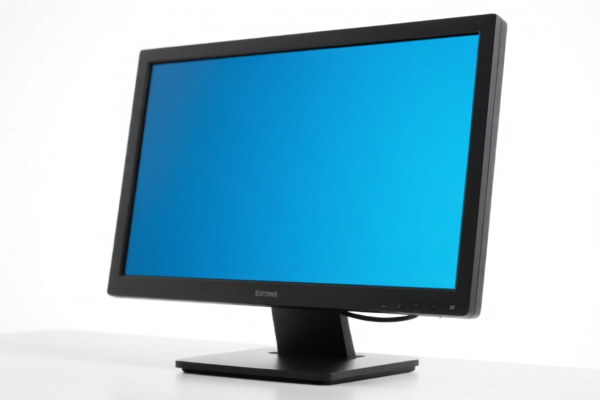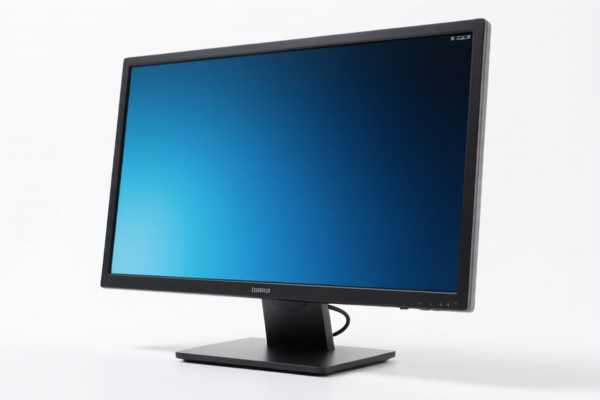| HS Code | Official Doc | Tariff Rate | Origin | Destination | Effective Date |
|---|---|---|---|---|---|
| 8528592500 | Doc | 37.5% | JP | US | 2025-05-12 |
| 8528492000 | Doc | 55.0% | JP | US | 2025-05-12 |
| 8528520000 | Doc | 20.0% | JP | US | 2025-05-12 |
| 8524119000 | Doc | 32.0% | JP | US | 2025-05-12 |
| 8524919000 | Doc | 32.0% | JP | US | 2025-05-12 |




Here is the structured classification and tariff information for LCD monitors based on the provided HS codes:
✅ HS CODE: 8528592500
Product Description:
- Applies to LCD flat panel displays, color LCD displays, flat LCD displays, high-definition color LCD displays, etc.
Tariff Breakdown:
- Base Tariff Rate: 0.0%
- Additional Tariff (before April 11, 2025): 7.5%
- Special Tariff after April 11, 2025: 30.0%
- Total Tax Rate: 37.5%
Key Notes: - Time-sensitive: The special tariff of 30.0% applies after April 11, 2025. - Proactive Advice: Confirm the display type (e.g., HD, flat panel) and technical specifications to ensure correct classification.
✅ HS CODE: 8528492000
Product Description:
- Applies to computer monitors (non-HD).
Tariff Breakdown:
- Base Tariff Rate: 0.0%
- Additional Tariff (before April 11, 2025): 25.0%
- Special Tariff after April 11, 2025: 30.0%
- Total Tax Rate: 55.0%
Key Notes: - Time-sensitive: The special tariff of 30.0% applies after April 11, 2025. - Proactive Advice: Ensure the product is not classified as HD to avoid misclassification under 8528592500.
✅ HS CODE: 8528520000
Product Description:
- Applies to other displays that can be directly connected and designed for use with automatic data processing machines (e.g., computers).
Tariff Breakdown:
- Base Tariff Rate: 0.0%
- Additional Tariff (before April 11, 2025): 0.0%
- Special Tariff after April 11, 2025: 20.0%
- Total Tax Rate: 20.0%
Key Notes: - Time-sensitive: The special tariff of 20.0% applies after April 11, 2025. - Proactive Advice: Verify if the display is intended for use with computers and not for general-purpose use.
✅ HS CODE: 8524119000
Product Description:
- Applies to color LCD screens, LCD screens for instruments, etc.
Tariff Breakdown:
- Base Tariff Rate: 4.5%
- Additional Tariff (before April 11, 2025): 7.5%
- Special Tariff after April 11, 2025: 20.0%
- Total Tax Rate: 32.0%
Key Notes: - Time-sensitive: The special tariff of 20.0% applies after April 11, 2025. - Proactive Advice: Confirm the intended use (e.g., for instruments or general display) to avoid misclassification.
✅ HS CODE: 8524919000
Product Description:
- Applies to high-resolution LCD screens, HD LCD screens, etc.
Tariff Breakdown:
- Base Tariff Rate: 4.5%
- Additional Tariff (before April 11, 2025): 7.5%
- Special Tariff after April 11, 2025: 20.0%
- Total Tax Rate: 32.0%
Key Notes: - Time-sensitive: The special tariff of 20.0% applies after April 11, 2025. - Proactive Advice: Ensure the resolution and technical specs match the description to avoid misclassification.
📌 General Recommendations:
- Verify product specifications (e.g., resolution, intended use, connection type).
- Check the exact model and technical documentation to ensure correct HS code classification.
- Review the import date to determine whether the special tariff after April 11, 2025 applies.
- Consult with customs authorities or a qualified customs broker if unsure about classification or tax implications.
Let me know if you need help determining the correct HS code for a specific model or product.